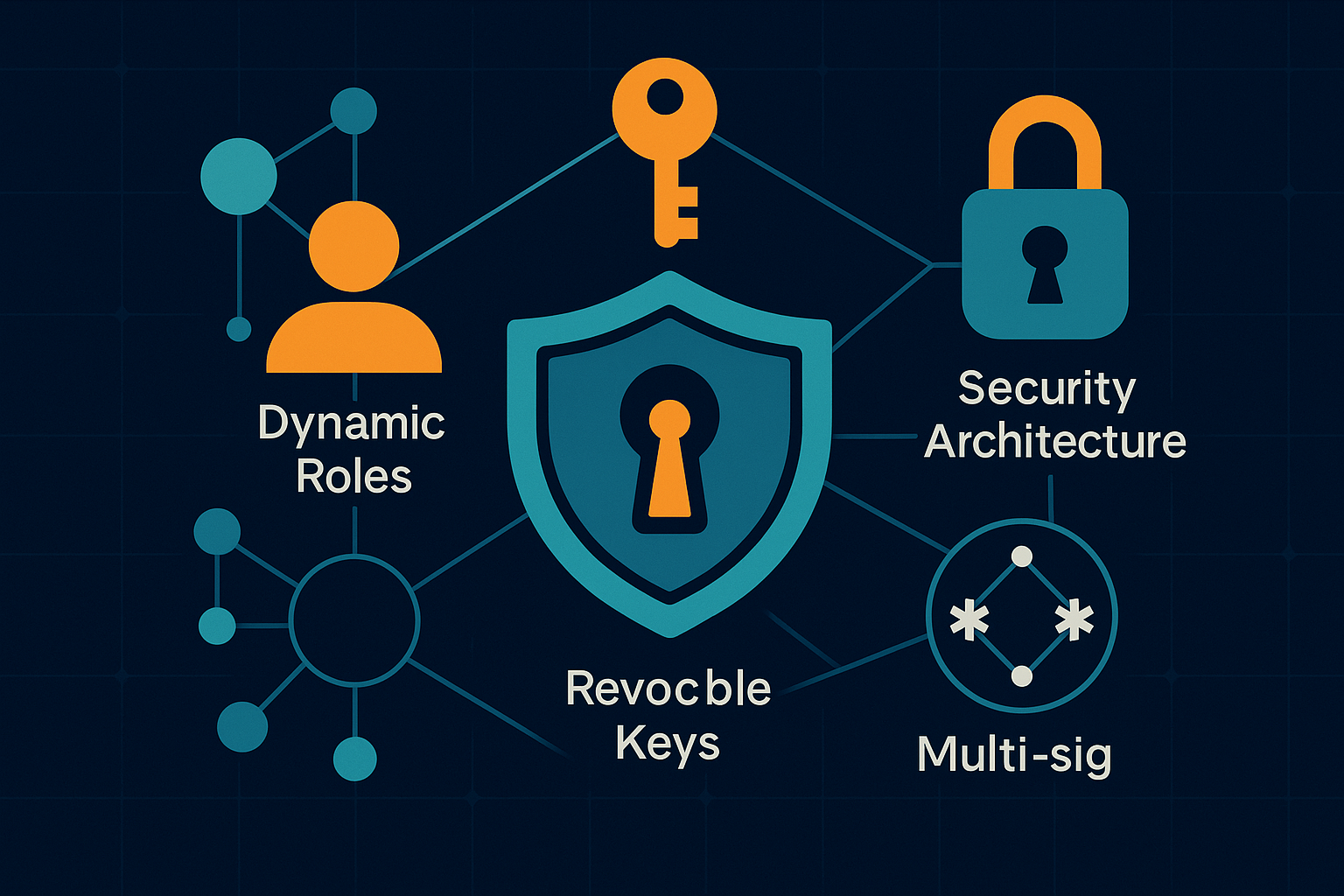The promise of a programmable trust is simple: once you set the rules, the trust runs itself. No follow-up emails, no probate delays, no “Did you fax the deed?” headaches. At the heart of that promise lie triggers—precise conditions embedded in smart-contract code that decide when and how your assets move. WorthyTrust supports three trigger families—time-based, event-based, and oracle-based—so your legacy unfolds automatically, exactly as intended. In this post, you’ll learn what each trigger does, how they work together, and why they give you more control than any traditional trust ever could.
Time-Based Triggers: Because Clocks Don’t Lie
A classic estate plan often says, “Release funds to my child when they turn 25.” In WorthyTrust, that sentence becomes a Unix timestamp. The contract checks the blockchain’s native clock; once the date hits, funds flow. You can schedule single releases, cliff-style unlocks, or streaming payouts that drip over months or years. Because time is measured on-chain, there’s no room for human error or holiday office closures—execution is atomic and final.
Event-Based Triggers: Life Happens, Code Responds
Some milestones aren’t tied to the calendar. Maybe you want distributions only after a beneficiary graduates, or you need a trustee role to rotate if you’ve been inactive for six months. Event-based triggers listen for on-chain signals—multi-sig approvals, wallet activity, incoming attestations—and fire when conditions are satisfied. WorthyTrust’s interface lets you stack multiple events (“and”/or logic) so complex family, corporate, or DAO scenarios can play out with surgical precision. If your requirements change, you update the event rules via a governed upgrade—not via overpriced legal addenda.
Oracle-Based Triggers: Connecting to the Outside World
The blockchain can’t natively “see” a bank rate, a stock price, or a death certificate, and that’s where oracles come in. WorthyTrust integrates decentralized oracle networks to import verified external data. Example use cases:
- Market thresholds: Liquidate volatile tokens into stablecoins if ETH drops below $1,500.
- Real-world events: Release a stipend once the International Death Registry oracle attests to the grantor’s passing.
- Performance milestones: Pay a developer bounty when GitHub PRs hit a specified merge count, as reported by an API oracle.
Each oracle feed is redundant and tamper-resistant; if data sources disagree, the contract pauses until consensus forms or a fallback path is reached.
Layering Triggers for Ultimate Flexibility
Time, event, and oracle triggers aren’t mutually exclusive—you can combine them. Imagine an inheritance that:
- Streams 10 % of its value every January 1 (time-based),
- Sends another 40 % only after the heir’s wallet signs a KYC attestation (event-based),
- Converts the remaining balance to stablecoins if ETH loses 30 % in a day (oracle-based) before final distribution.
WorthyTrust’s visual builder lets you map these rules without touching code, and an audit summary confirms the full logic before deployment.
Security & Fail-Safes
Automated doesn’t mean unstoppable. Each trigger set includes:
- Grace periods to prevent premature execution.
- Multi-sig overrides for emergency pauses.
- Redundant oracles with quorum rules.
- Upgrade slots to patch logic if regulations shift.
These safeguards ensure that “unstoppable code” still respects real-world contingencies.
Setting Up Triggers in Five Steps
- Connect your wallet at worthytrust.io/app.
- Pick a template—Inheritance, DAO Treasury, Charity, or Custom.
- Add roles & assets, then open the Triggers tab.
- Drag-and-drop conditions: choose time, select events, add oracle feeds, and define fallback actions.
- Review & deploy—your trust goes live with a single on-chain transaction.
From there, the dashboard shows a live countdown or status for every trigger, so you always know what’s next.
Conclusion
Automation is the true differentiator of programmable trusts. With WorthyTrust’s time-based schedules, event detectors, and oracle integrations, your assets move at the exact moment you choose—no paperwork, no surprises, no middle-man delays. That’s legacy planning at internet speed.
Ready to automate your estate or treasury? Configure your first trigger in the TrustOS Builder and let the code handle the rest.
Sources



